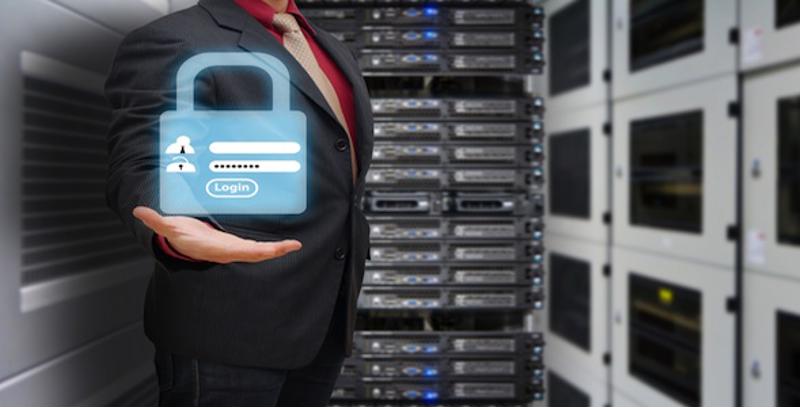4 solid file sharing options for SMBs
Today’s businesses rely on digital files for storing and organizing almost all of their important information. In order to be truly useful, though, these files must be easily transferable. This is where file sharing solutions come into play.
Here’s what you should know about file sharing and some of the top solutions that can help your SMB effectively manage and share its files.
What is file sharing?
While it can refer more generally to any method used to transfer digital files from one location to another, the term file sharing is usually applied to specific applications that run in the cloud. Cloud file sharing systems can be used to give authorized users remote access to files stored on cloud servers.
While cloud file sharing solutions are excellent for giving your employees easy access to important files and facilitating collaboration, they also have the potential to come with cybersecurity risks.
With less direct control over your company’s data and the risk of unsecured devices being used to access files, the use of these applications requires careful supervision to maintain cybersecurity. With strong encryption standards and adherence to a robust security policy, though, cloud file sharing can be perfectly safe.
For the next several years, it is expected that at least 95 percent of cloud security breaches will be directly caused by failures on the part of customers.
Four file sharing services to consider
There are many cloud file sharing services currently available, but a few stand out as the major service providers in the market. Following are four of the go-to services that SMB owners new to file sharing may want to consider.
Dropbox Business
With 300,000 business teams and 500 million total users, Dropbox is one of the most popular web services in existence today. Owing to its ease of use and user-friendly integration with device operating systems, Dropbox is a service preferred by many consumers and enterprise-level users alike.
Google Drive
Google’s answer to independent services like Dropbox, Google Drive is a file sharing service with nearly 1 billion users. Google drive offers large amounts of storage space for files at relatively low costs and integrates smoothly with a range of third-party applications, making it a good solution for businesses in need of a cloud file sharing service.
Drive also integrates with other Google products, allowing users to save files from services such as Gmail and Google Photos to their Drive accounts.
Microsoft OneDrive
Like Google, Microsoft has jumped into the cloud file sharing market with its OneDrive service. OneDrive interfaces seamlessly with the Windows operating system and comes standard as part of the latest versions.
Microsoft Office 365, a favorite suite of tools among enterprise-level businesses, is also integrated with OneDrive, allowing users to easily move files out of tools in the Office 365 suite and into storage in OneDrive.
ShareFile
Rounding out the list of the top file sharing options is ShareFile. With ShareFile, business users can protect their files with a range of security precautions that include 256-bit AES encryption, virus scanning and even a remote file deletion feature in the event a company device is lost or stolen.
Thanks to its 100GB maximum size, ShareFile is also a good solution for storing, sharing and accessing large files.
A final word
These are just some of the many file sharing options in the marketplace today. When using these services, it’s important to remain aware of possible cybersecurity vulnerabilities on your end.
Used correctly, though, these file sharing services can help your company remain secure, efficient and flexible in an increasingly data-driven business landscape.


 Shoppers are already augmenting their experiences with external online information.
Shoppers are already augmenting their experiences with external online information. Using inventory management solutions can help retailers maximize their shipping profits. They can ship directly to the customer or to the retail location most in need.
Using inventory management solutions can help retailers maximize their shipping profits. They can ship directly to the customer or to the retail location most in need.


